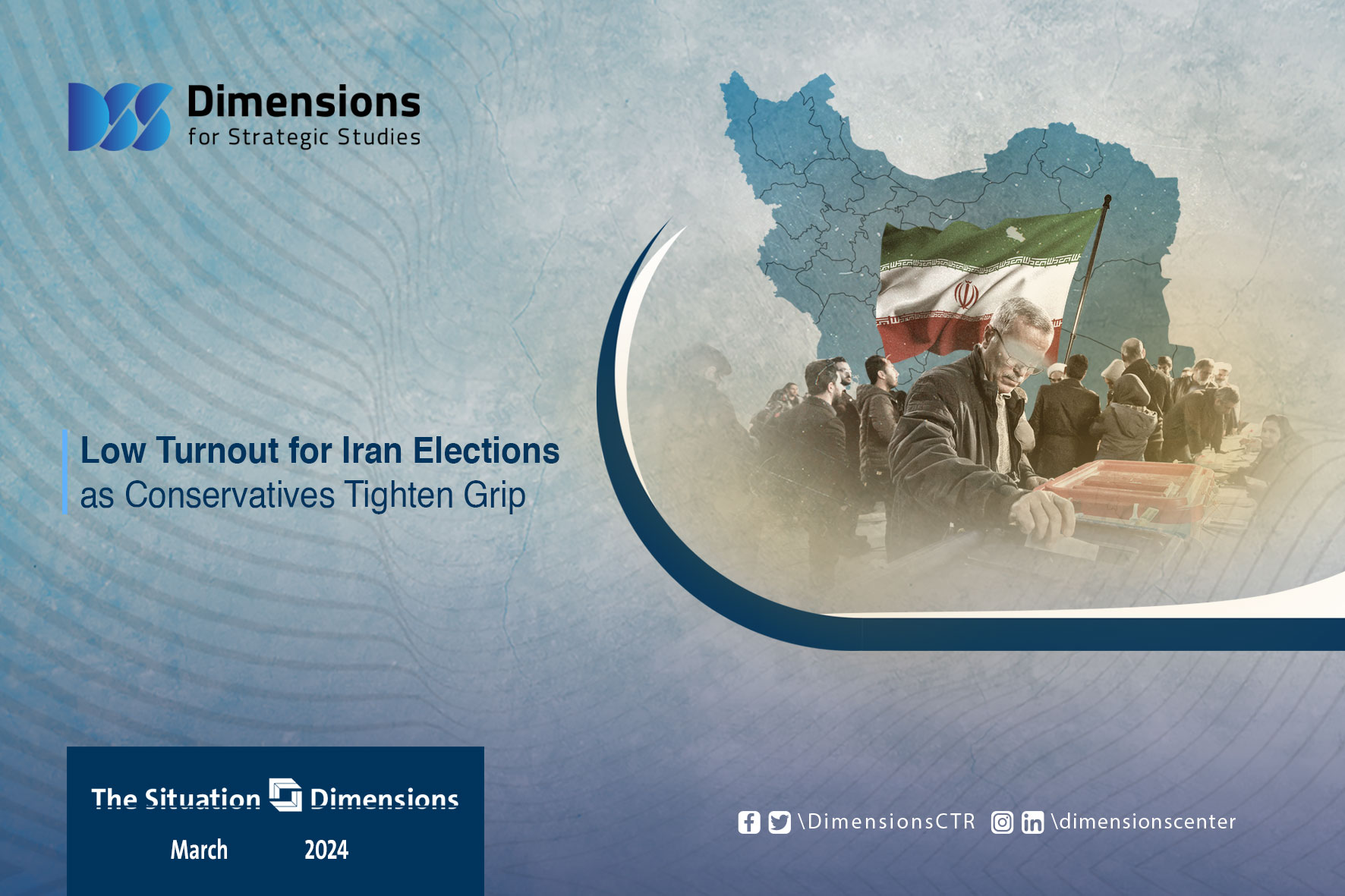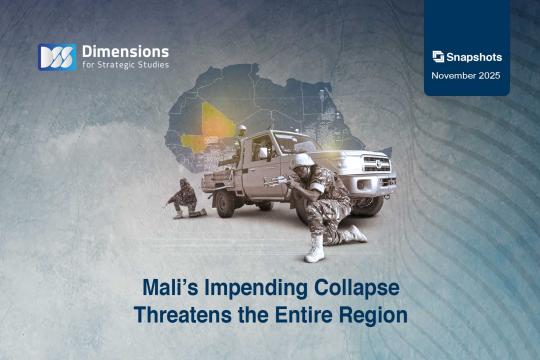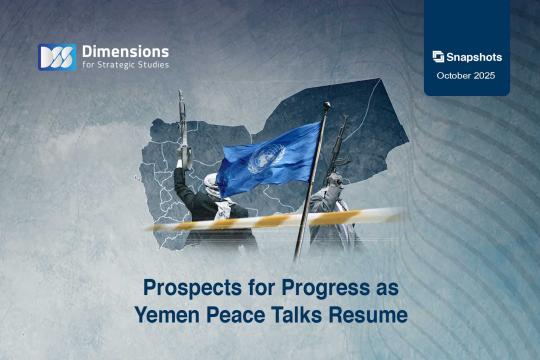
Low Turnout for Iran Elections as Conservatives Tighten Grip
2024-03-131996 view
On March 1, Iran held elections in which voters were asked to select the 290 members of the Islamic Republic’s 12th parliament as well as the 88 members of the sixth Assembly of Experts, the body responsible for appointing the country’s Supreme Leader.
The electoral commission has since announced that the parliamentary poll had been decisive in 198 electoral districts, while 16 would require a second round.
At the time of writing, elections for the Leadership Assembly of Experts had not been settled. Notably, the commission had not named the winners in Tehran province. The Assembly of Experts is a central institution in Islamic Republic, whose primary task is to elect and oversee the country’s Supreme Leader. The assembly’s members are elected by the public once every eight years, the outgoing assembly having been elected in February 2016.
Interior Minister Ahmed Vahidi said 25 million people had voted in the March poll, approximately 41 percent of the 60 million eligible voters. This is the lowest participation rate in Iranian elections since the creation of the Islamic Republic in 1979, and underlines an ongoing downward trend also witnessed in the 42.6 percent turnout for the previous legislative elections in the early days of the Coronavirus pandemic in 2020. Given that more than a tenth of votes this time were invalid, the real participation rate is even lower than the official figure.
Some districts are set for a second round of voting. In Tehran, for example, fewer than a quarter of eligible voters cast ballots, meaning that the most prominent candidates were not able to win a third of the ballots cast in the district. The candidate with the most votes in Tehran received the backing of only six percent of the electorate - about 59,000 out of 10 million. The runoff is likely to take place in late April or early May, once university exams are over.
This election was seen as a test both of Iran’s current executive and of the regime as a whole. It was the first poll since the outbreak of mass protests that rocked Iran following the September 2022 death in police custody of Mahsa Amini, a young woman accused of violating the country’s strict Islamic dress code.
Following the March vote, Supreme Leader Ayatollah Ali Khamenei issued an unprecedented warning to candidates in the Assembly of Experts and Parliament against stirring up controversy, hostility and disagreements. Despite the weak turnout, Iranian President Ebrahim Raisi also welcomed the turnout, saying an election boycott “orchestrated by foreign enemies” had failed, as had “riots” of 2022.
Domestic Divide
These statements reveal the depth of the domestic political rift dividing in Iran since Raisi’s election. The Reform Front, the main coalition of reformist parties, had called for a boycott of the elections and refused to participate, describing them as “meaningless”, after many of its own candidates were excluded. Former President Mohammad Khatami - the reformists’ most influential figure – for the first time refrained from casting a vote.
By contrast, those who back the current government were keen to participate – most prominently, Hassan Khomeini, the grandson of the Islamic Republic’s founder Ayatollah Ruhollah Khomeini, former presidents Hassan Rouhani and Mahmoud Ahmadinejad, former Parliament Speaker and chief nuclear negotiator Ali Larijani, and other influential political actors.
However, given the boycott by the reformists and the high numbers of blank ballots – more than eight percent of the total - the majority of the new winners are from the ultra-conservative camp. This means that the policies of the next Shura Council are likely to focus on religious issues. Conservatives justify this by arguing that parliament must be simultaneously homogeneous and revolutionary, in order to bolster the regime.
Therefore, it is possible that the next Iranian parliament will be more radical than its predecessors, and it may focus on involvement in foreign relations in support of the strategy of the Revolutionary Guards and the Supreme Leader, as well as consolidating the current regime’s stances on issues such as the hijab and domestic controls on the internet.
Abstentions by 59 percent of the electorate and the number of spoiled or blank ballots indicates that real participation in the elections did not exceed 35 percent. This is a clearly indicates the extent of popular dissatisfaction with Iran’s current domestic policies, most prominently the escalating campaign against reformists and activists, restrictions on personal freedoms, the growing extremism among regime supporters and the opposition alike.
Moreover, successive governments have failed to reduce inflation, battle unemployment and maintain a stable exchange riyal exchange rate, nor has the regime met people’s aspirations for greater freedom of expression. Iranian citizens appear to have expressed their disappointment by staying away from the ballot box, convinced that their votes have no real impact on the decision-making process in the country, and disappointed both by candidates’ failures to fulfill their promises in past elections and by the ineffectiveness of the political parties outside of election season.
It is clear that the continued downward trend of electoral participation in Iran represents a warning to the regime, demanding real, serious reforms to absorb the anger of the street and grant citizens more rights to freedom of opinion and expression.





